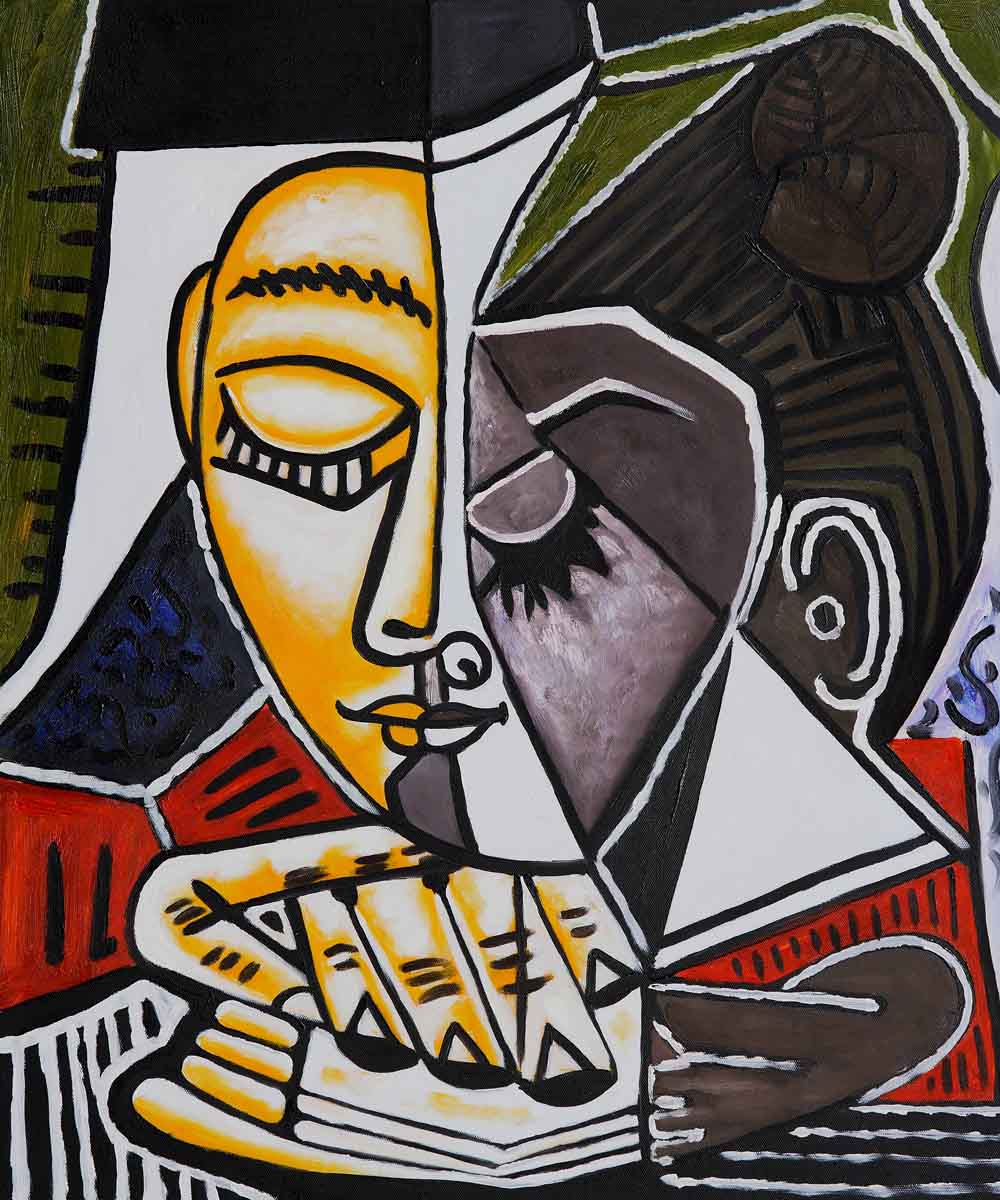Most of my efforts today were spent on just going through and sorting out all the bits and piece which are going on at the moment so I can get myself re-organised. It did take most of the day, but was very important, a vital job which had now made me feel a lot happier about where I now stand and where I am heading. I can now step it up a gear, as I have one full week till my next individual tutorial and I want to go with one fully complete set/mini project of work, and some more planned.
When I did sit down to start doing some work, I thought it would be a good idea to collate some of my research together, in a mini critical study style fact file on Mondrian and the way he works, how that has inspired my own work and what I like about it...
Piet Mondrian
Brief Biography
Piet Mondrian is a Dutch painter, well-known as one of the founders of the De Stijl, movement. Born in the Netherlands, Mondrian was trained there and even though he was born born 24 years after Van Gogh, art still still hadn’t changed, reflected in Mondrian’s early style with a landscape imagery and clear, glowing colours. (PietMondrian.org, 2011).
In the first part of the 20th century, Mondrian’s style developed, moving towards a pointillist/cubist style. He moved to Paris and was inspired by the work of Picasso and Braque.(PietMondrian.org, 2011).
Before World War One, Mondrian returned to the Netherlands, where an abstract style was further developed, exploring his faith and religion. As world war One ended, Mondrian returned to Paris, where with Theo Van Doesburg, developed the De Stijl movement. Developed in the early 20th Century, the De Stijl movement is based around the abstract art form, which explores the reduction of large scale work into popular, more accessible cultural/art forms. Mondrian’s style of work reflected this and became very abstract, exploring line and colour. (PietMondrian.org, 2011).

After a disagreement with Mondrian decided to leave the De Stijl movement, Mondrian focused on the Abstraction of line creation. Mondrian moved to London at the break out of World War Two and had his first solo exhibition, just before his death in New York in 1942. Piet Mondrian died in 1944. (PietMondrian.org, 2011).
Personal Response
Mondrian has a very distinct style, focused on lines,geometrics and bold primary colours. This make him stand out against other artists. A test of this is the influence of his work in the design world and how is has stood the test of time. Even now, Mondrian’s geometric patterns are used in popular culture and his work is still relevant.
Personally, I love the geometric pattern in Mondrian’s work and the ideas behind each of the pieces. For me its really interesting that each piece comes with a different story and different set of imagery, but connects to the last and the next through colour scheme. This highlights to me the importance of the use of colour scheme in my own work, that everything has to work in tandem if they are to come together as a collection.
Through different parts of Mondrian’s life I have created and mini project of work which explores different imagery in response to Mondrian’s style. I have really enjoyed playing with bright, bold colours and beginning to explore with the creation of geometric stylised patterns, not focused on the creation of strict lines and stripes,.
Research referencing...
PietMondrian.org, (2011) PietMondrian.org, http://www.piet-mondrian.org/, 06-04-2015
Tate, (2015) The Tate, http://www.tate.org.uk/learn/online-resources/glossary/d/de-stijl, 06-04-2015
No comments:
Post a Comment